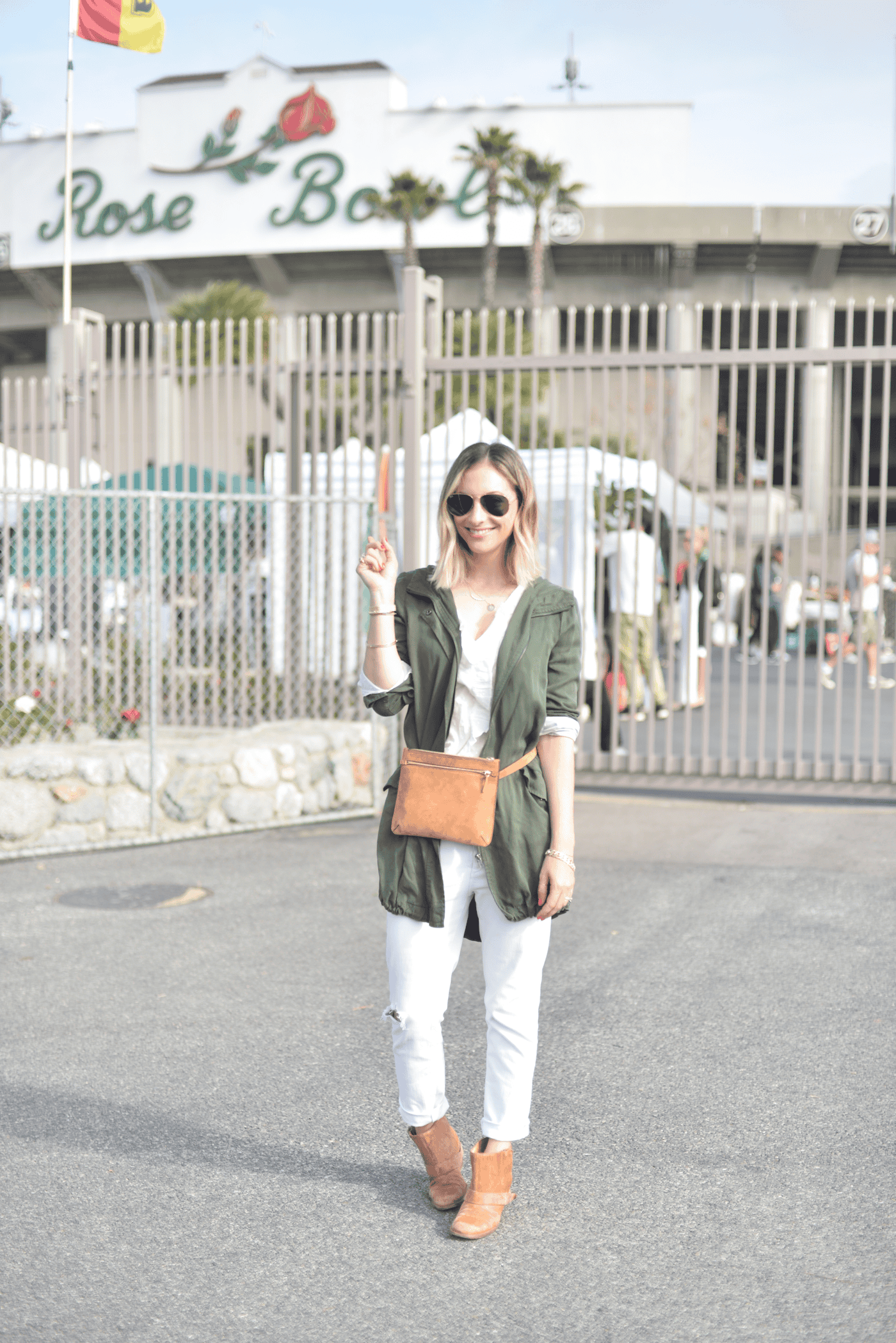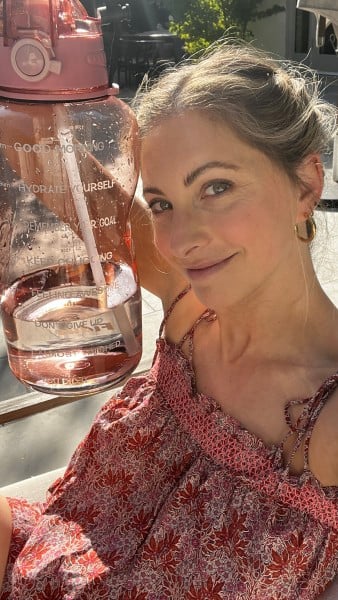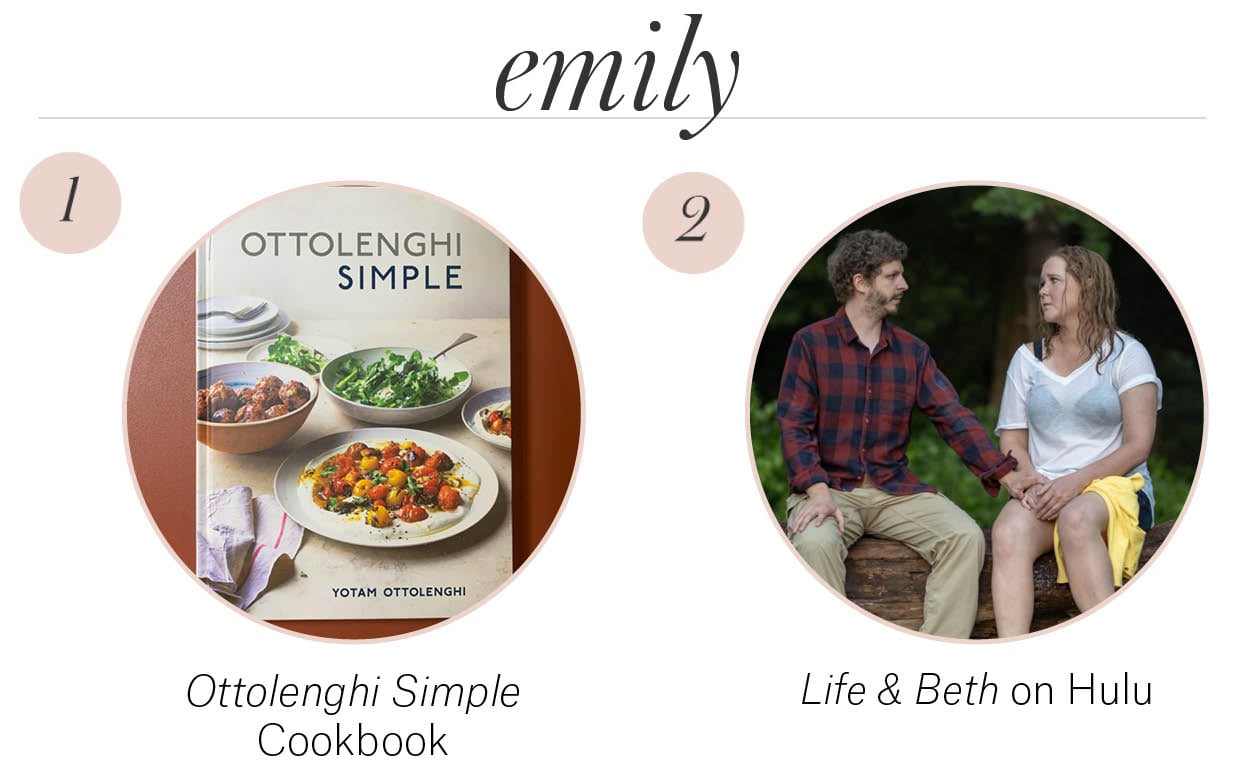
We’ve shared antique shopping tips, how to shop for vintage clothing, my favorite flea market finds under $15, and other mentions revolving around my love of flea markets. But we’ve never really done a How-To post to help them seem more manageable for those who find them overwhelming. Below are tips I always rely on to make a trip to the flea market as successful as possible.

When you first enter the Rose Bowl Flea Market in Los Angeles, you usually see some very highly styled vendor set-ups. 9 out of 10 times, you want to avoid things that are overly styled because these vendors know they have highly desirable items. Instead, you want to find the diamond in the rough that is oftentimes deeper inside the flea market. Which leads to to the next tip…
Head straight for the center. The perimeter is where there’s usually high traffic and more eyes on items, so they get picked over first. Once you arrive somewhere in the middle, it’s good to create a game plan of how to navigate the aisles. I like to go up one aisle and down the next from one end of the market to the other, just to make sure I don’t miss anything.

Once you begin browsing, avoid vendors that sell only one item. They often charge more because it’s their specialty. At the same time, the advantage of this is you can trust the quality of what they offer, and if they’ve curated a selection of something (e.g. vintage sweatshirts by color), it makes it much easier for you to find what you’re looking for, especially if you’re a newbie.
Bargaining is a bit of a hot topic but my general guideline is to think of the highest amount you’re willing to pay for something. Do this even before you see the price tag because this gives you an idea of whether or not you should pursue bargaining at all – if something is tagged at 3x the price you value it at, it might be a good idea to keep browsing. Some other things I like to do: have cash already in my hand when I make my offer (often times a vendor will take it because it’s easy), ask “what’s your best offer?’ to see how low they’re willing to go, and ask about possibly buying more than one item to get a discount.

My favorite accessories to look for at the flea market are belts, silk scarves, straw bags, pins, and vintage sweatshirts. These are things I feel comfortable buying vintage and easily add flair to an outfit without feeling too precious.
For small housewares, I always keep an eye out for those items that you can never have too many of (and make great hostess gifts). This includes vases, trays, ice buckets, ash trays (they make a great place for corralling jewelry), and art work.

When I look for art, I try to delete the frame from my mind’s eye to allow myself to see the art from a fresh perspective, and because more often than not, the frames are in need of replacement anyway.

For bigger house items, like rugs, chairs, and tables, come prepared with measurements – both of the room it’s going in and what general dimensions you’re looking for in a piece of furniture.

Finally, give yourself enough time to walk around without feeling rushed, and so you have time to think about something and revisit it if you’re on the fence about buying it. I was looking for a leather weekend duffle bag and found two that generally fit the bill in terms of price, color, and size. Ultimately, neither one was exactly what I was looking for but I’m glad I had the chance to go back a second time. In an effort to buy things I truly love and want, I remind myself not to settle just because it’s a good deal.




